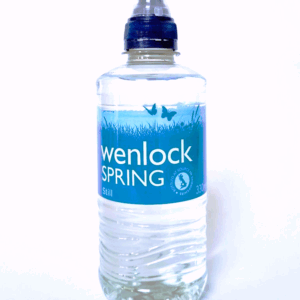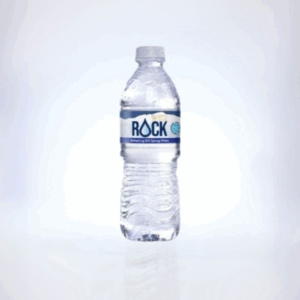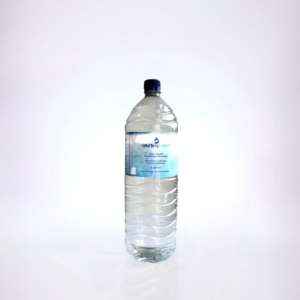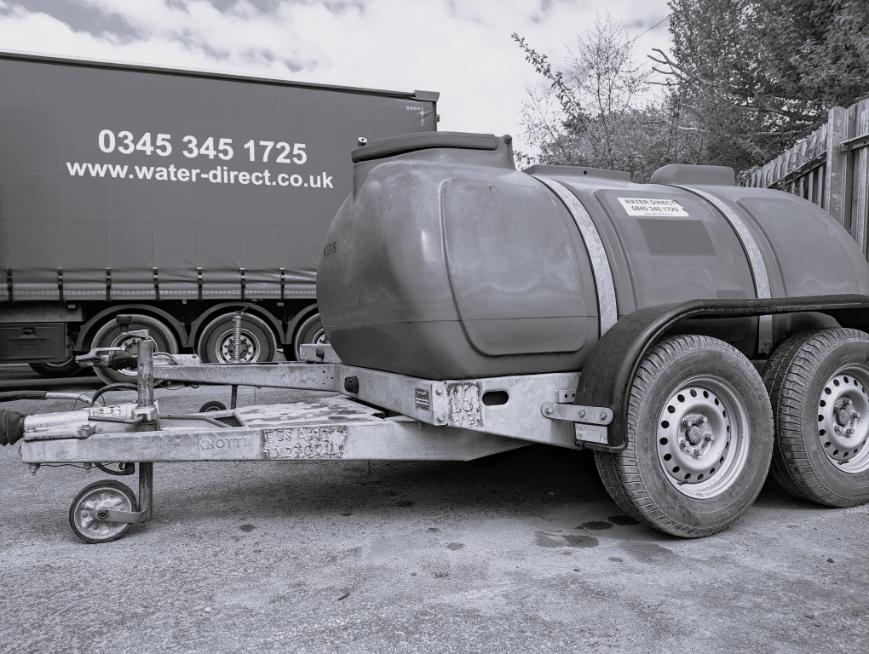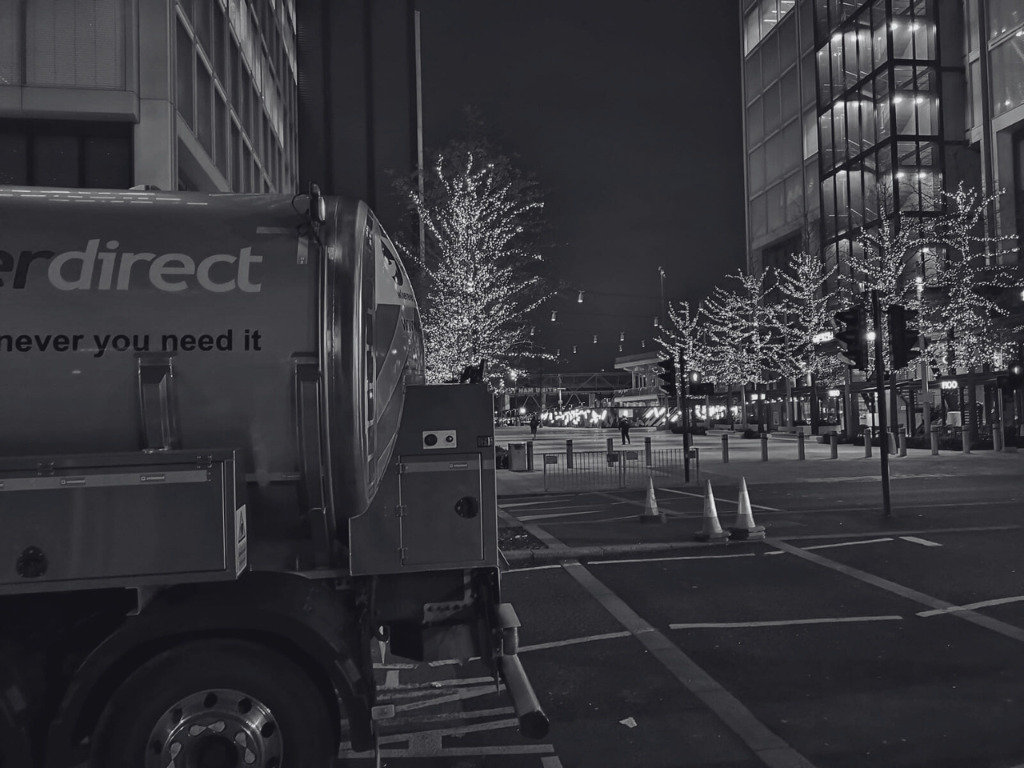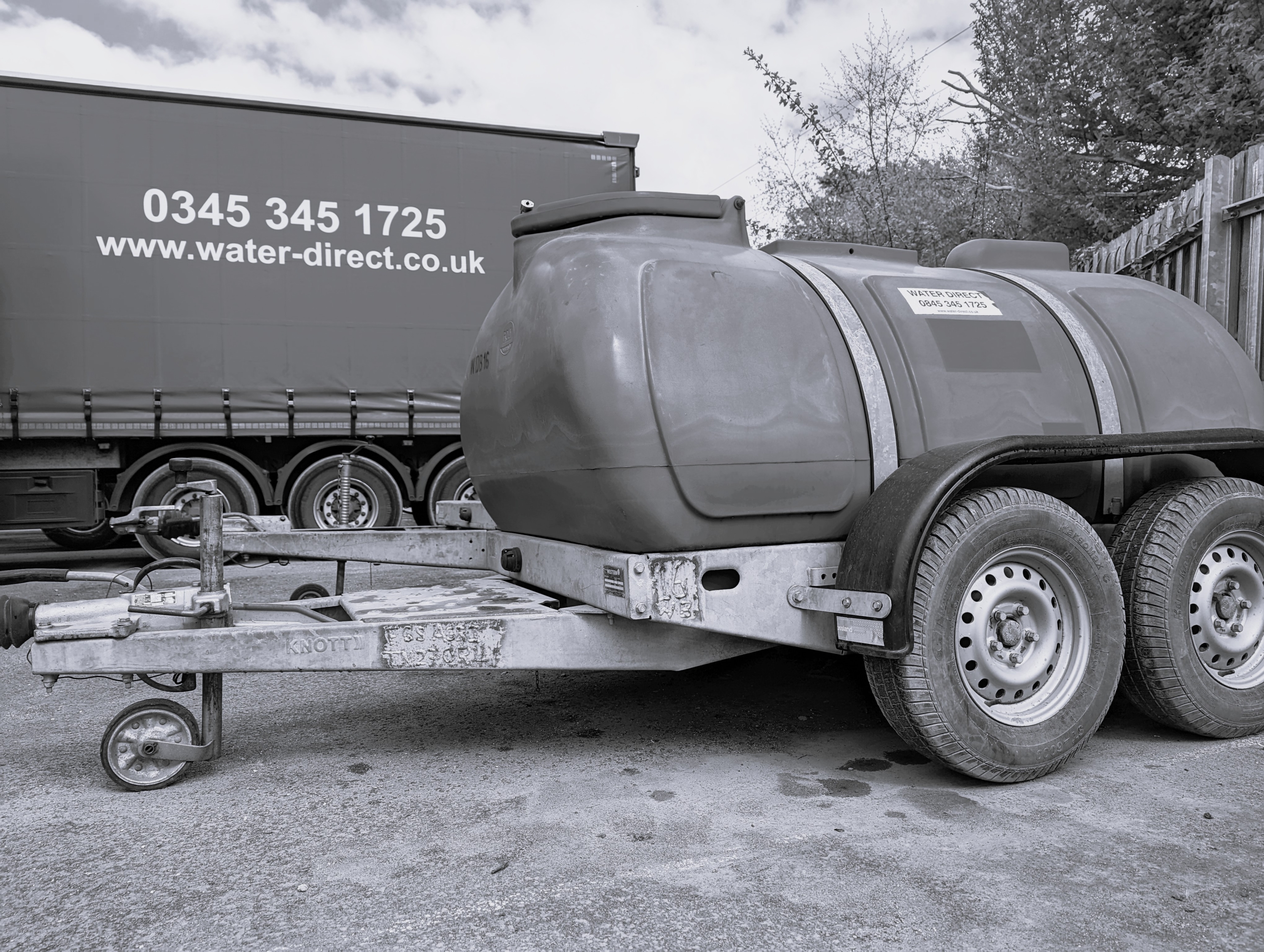
What Is a Water Bowser and How Is It Used?
Everything You Need to Know About Water Bowsers
A water bowser is a large static tank used to carry water to places where taps or pipes can’t reach. You’ll often see them on farms, building sites, outdoor events, or in areas where people need clean water fast, especially during a drought or emergency.
This guide explains what a water bowser is, how it works, the different types available, and how people use them in everyday jobs. You might need a water tank for farming, cleaning, or moving water to hard-to-reach places. This article will help you choose the right one for what you need.
What Is a Water Bowser?
A water bowser is a special water tank that can be moved where it’s needed. The name originates from a fuel pump inventor, but today, people also use the word “bowser” to refer to a water pump. It can sit on a trailer (like a small truck), be pulled by a tractor, or be mounted on a big truck.
Sizes range from a few hundred litres (for small gardens) up to tens of thousands of litres (for big jobs).
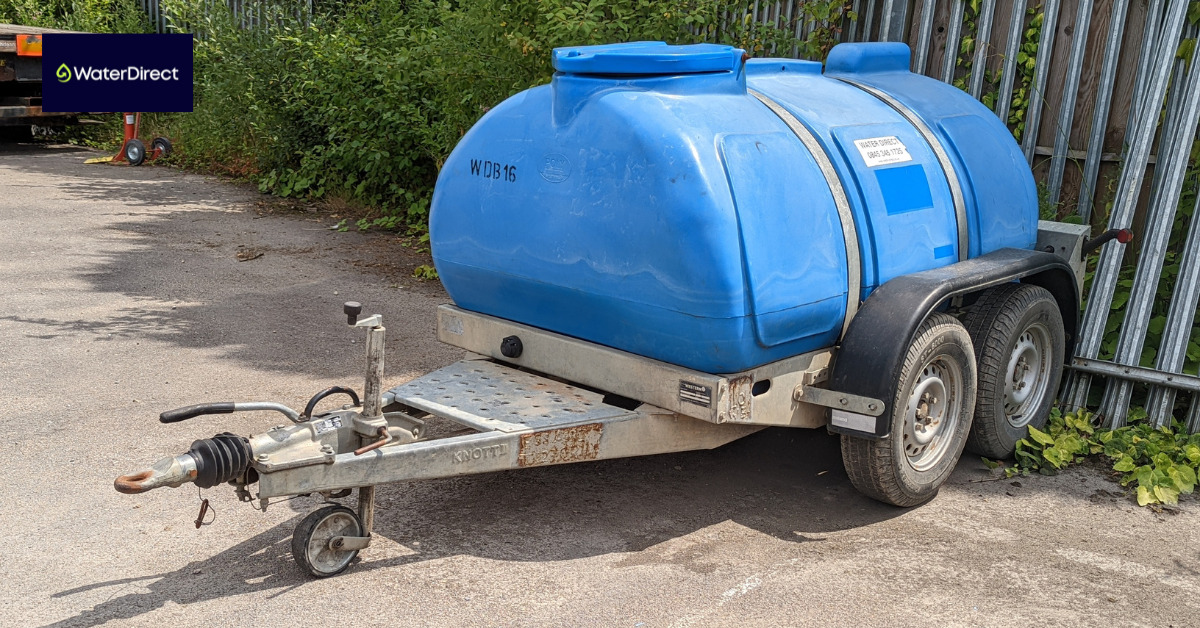
Types of Water Bowsers
1. Static (Stationary) Water Bowser
Stays in one spot, like beside buildings or farms.
Great for water storage tanks and long-term use.
It can be used for toilet blocks, concrete making, or holding water for showers.
2. Towable Water Bowser / Trailer Water Bowser
Mounted on a trailer with wheels and a hitch.
Easy to pull with a truck or tractor
Highway-ready models include lights and brakes.
Comes in potable (drinking-safe) and non-potable versions
3. Skid-Mounted Water Bowser
Sits on a metal frame (skid).
Lift using a forklift or place on a flatbed truck.
Popular on farms and yards.
4. Truck-Mounted Water Bowser
A big tank built on a truck.
Holds thousands of litres (up to 10,000+ gallons)
Used by cities, industries, and fire crews.
Want to explore options? See our range of water bowsers and storage tanks for different industries and use cases.
How Is a Water Bowser Used?
Water bowsers are used in many different fields. Whether you’re working on a construction site, running a farm, planning an event, or handling an emergency, it makes it easy to move water wherever it’s needed. Let’s break it down by each use case.
1. Construction and Dust Control
Construction sites are full of dust, especially during dry seasons. Too much dust can slow down work, damage tools, and make the air unsafe for workers. That’s where it becomes very useful.
- Workers use towable water bowsers or trailer water bowsers to spray water on dusty areas.
- The fine spray helps keep the dust down, making the site cleaner and safer.
- Builders also use water bowsers to wet the ground before laying concrete or tarmac.
- When mixing concrete or doing soakaway tests, a steady water supply is needed, and bowsers make that possible.
- It’s also common to use bowsers with pressure washers to clean tools, vehicles, and heavy equipment on site.
This setup is often referred to as “bowsing water on-site”, bringing water exactly where the crew needs it. You can explore more about construction water solutions from Water Direct, which support everything from dust suppression to bulk water deliveries on-site.
2. Agriculture and Farm Use
Farms often have large open areas where there are no nearby taps or pipes. A bowser water tank helps solve this problem.
- Farmers use water bowsers to deliver clean water to animals like cows, sheep, goats, and horses.
- In dry seasons or during water shortages, bowsers help water crops in fields that are far from irrigation systems.
- They can also fill irrigation tanks or spray water directly onto the soil using hoses or nozzles attached to the tank.
- Some farms use bowsers to mix or carry liquid fertilisers and other farm treatments.
Because a water bowser is mobile, it saves time and effort, especially on large or remote farms.
3. Emergencies and Disaster Relief
When pipes break or floods damage the water system, clean water becomes hard to get. That’s when emergency water supply is vital, and bowsers are often the first response.
- Emergency services and aid workers use trailer water bowsers to deliver clean water quickly to affected areas.
- People can fill buckets, bottles, or tanks from the bowser until the normal water system is fixed.
- In rural areas, truck-mounted bowsers also help deliver water to dry villages during droughts.
These tanks are often labelled “potable” when the water inside is safe for drinking.
4. Events, Festivals, and Public Use
Outdoor events, such as music festivals, sports games, fairs, or school sports days, usually require extra water.
- Towable water bowsers provide water for toilets, handwashing stations, and cooking.
- They can also be fitted with mist sprays to keep people cool in hot weather.
- At food stalls and first-aid tents, access to clean water is essential for maintaining health and hygiene.
- Larger event water solutions may include bottled water, plumbing infrastructure, and backstage tanks
Since these events often take place in parks or open fields with no plumbing, water bowsers are the perfect mobile solution.
5. Municipal and Industrial Use
Cities and companies also rely on water bowsers to keep things running smoothly.
- City workers use bowsers to water public plants and trees, especially during heatwaves or droughts.
- Bowsers also help keep roads and pavements clean by spraying water or feeding street-cleaning machines.
- In factories, water tanker bowsers help clean machines, cool down equipment, and manage dust.
- Mining and quarry operations use them in the same way, helping both with cleaning and cooling.
Because they can carry a large volume of water, water bowsers reduce the need for constant refilling, saving both time and money.
6. Firefighting in Remote Areas
In rural or forest areas, fire hydrants and water mains aren’t always available. This makes firefighting very hard, unless there’s a water bowser nearby.
- Fire departments use large truck-mounted water bowsers to carry water to wildfires or farmland fires.
- These bowsers act as mobile tanks, helping fire crews spray water exactly where it’s needed.
- Some models also include high-pressure hoses and pumps to improve reach and flow.
In emergencies, these bowsers save time and lives by making sure water is always close by, even in hard-to-reach places.
How a Water Bowser Works
Here’s a look at how a water bowser is filled, how it’s emptied, and the parts that make it work in different situations.
How Is a Water Bowser Filled?
Filling a water bowser is usually done through a lid on the top of the tank. Just open the lid and fill the tank with water until it reaches the top. This works well for small or medium bowser water tanks used on farms or at events.
For larger static bowsers, which stay in one place, a road water tanker may be used to fill them. These often have special fill pipes and Bauer connections to make the job quicker and safer.
Some static water bowsers are connected directly to the mains water supply. If that’s the case, it’s important to follow the correct safety rules, especially for fluid category 5, which includes water that could be unsafe to drink. This helps keep the water system clean and prevents backflow from occurring.
How Is a Water Bowser Emptied?
Most water bowsers have a tap or valve at the front or back of the tank. You can use this to release the water slowly or attach a hose for more control.
For jobs that need more pressure, like pressure washing, dust control, or quick emptying, many bowsers come with built-in water pumps or jet washers.
Some dust suppression bowsers have spray bars that can be used with either gravity-fed or pumped water, depending on what the job needs. Others have splash plates that spray the water over a wider area, which helps cover dusty ground or wash large spaces.
Conclusion:
A water bowser is more than just a water tank on wheels. It’s a practical, mobile tool that helps people work better in places without a steady water supply. From farms and construction sites to outdoor events and emergencies, water bowsers make water available when and where it’s needed. They’re used for dust control, watering crops, cleaning tools, and even supplying emergency water during disasters.
If you need a simple way to move water around, whether it’s for your garden, your site, or your city, a bowser water tank could be the perfect solution. Just pick the size, type, and features that match your job, and you’re good to go.
FAQs
Can a water bowser carry drinking water?
Yes, but only if it’s marked potable. Potable water bowsers are made with materials safe for drinking water. Always check the label before using one for drinking or cooking water.
How much water does a water bowser hold?
Water bowsers come in many sizes. Small ones can carry 200–500 litres. Large trailer water bowsers or truck-mounted bowsers can hold up to 30,000 litres or more.
What’s the difference between a water tanker and a water bowser?
A water tanker usually refers to a large truck that carries water long distances. It can be a smaller, towable unit or a static tank, used on farms, job sites, or events. Both store and move water, but bowsers are often more flexible and easier to handle.
Do I need a licence to tow a water bowser?
If the trailer water bowser is large or going on public roads, you need a proper licence and a tow vehicle that meets road laws. Always check local rules before towing.
Share:
